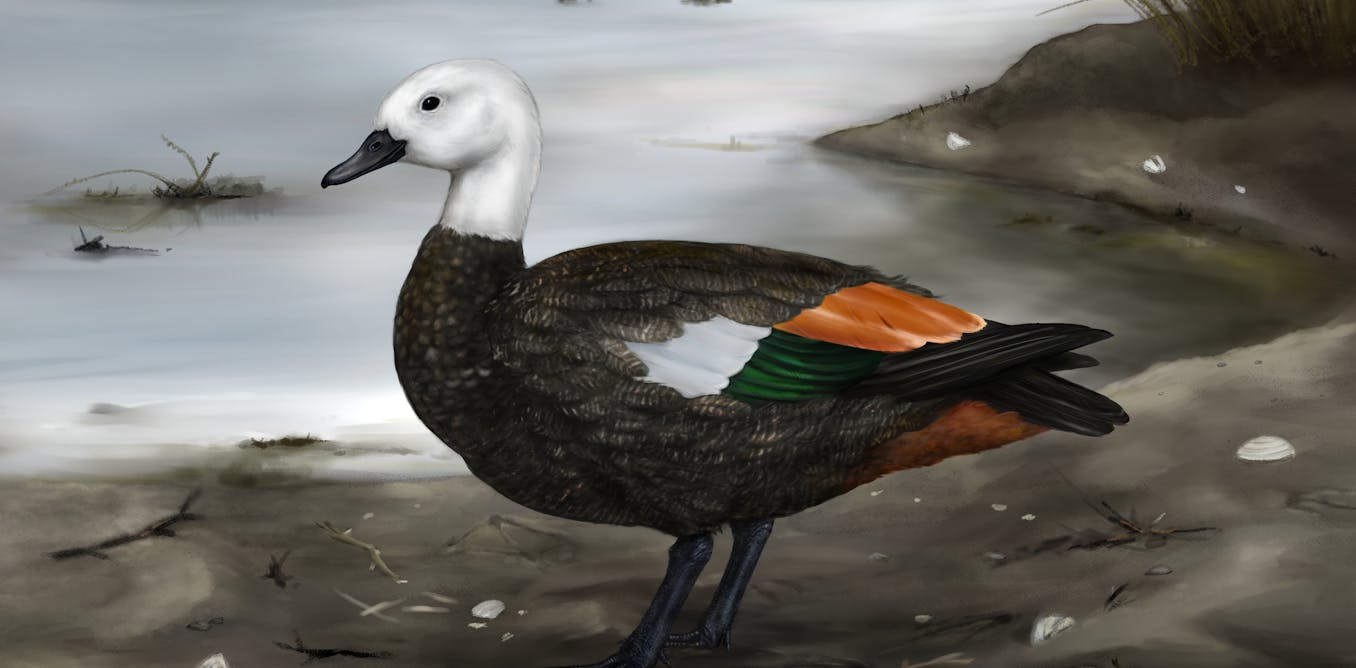The discovery of an extinct species known as the Rēkohu shelduck underscores the rich ancient biodiversity of the isolated Rēkohu Chatham Islands, located 785 kilometres east of mainland Aotearoa New Zealand. This finding not only highlights the unique evolutionary paths taken by island species but also the urgent need to preserve what remains of their ecological heritage.
Evolutionary Insights from the Rēkohu Islands
Islands often serve as natural laboratories where species adapt rapidly to new environmental conditions. The Rēkohu Chatham Islands, which took their current form approximately 3.5 million years ago, were once home to a diverse array of bird species. At the time of human arrival, the islands supported 64 breeding species, with about 34 species and subspecies found nowhere else on Earth. Notable examples include the endangered parea (Chatham Island pigeon) and the extinct mehonui (Hawkin’s rail).
Research conducted by palaeontologist Phil Millener from the Museum of New Zealand Te Papa Tongarewa led to the identification of the Rēkohu shelduck. Millener first discovered isolated bones and skeletons in the rich fossil deposits of the Chatham Islands during the 1990s. These bones were preserved until scientific advances allowed for further investigation.
Using ancient DNA analysis, researchers reconstructed the family tree of this newfound species, identifying it as closely related to the mainland paradise shelduck. The ancestors of the Rēkohu shelduck arrived on the islands only 390,000 years ago, relatively brief in evolutionary terms, but sufficient time for the species to develop distinct characteristics.
Adaptations and Extinction
The Rēkohu shelduck exhibited significant adaptations to its island habitat. While males were larger than females, they were also taller and more robust than their mainland counterparts. These changes, however, came at a cost—over time, the Rēkohu shelduck became a poorer flier.
Flight is energetically expensive, making it less advantageous in environments where large predators are scarce. On the Rēkohu Islands, abundant food sources and strong winds reduced the necessity for flight. This led to shorter, more robust wing bones, while leg bones became longer and sturdier, indicating a preference for ground-based living. Ultimately, the Rēkohu shelduck was on a trajectory toward flightlessness by the time humans arrived, contributing to its extinction shortly thereafter.
The rich fossil deposits present on the islands continue to unveil the history of Rēkohu’s biodiversity. Ongoing research aims to uncover more unique species, including a potential extinct falcon that may represent yet another undiscovered aspect of the islands’ avian history.
Collaboration with Indigenous communities is vital in this research. The scientific name of the shelduck, Tadorna rekohu, and its common name were gifted by the Hokotehi Moriori Trust, who serve as guardians of Rēkohu’s biodiversity. This partnership fosters a deeper connection between the Moriori tribe and their biological heritage, allowing for the reclamation of lost aspects of their history.
The discovery of the Rēkohu shelduck not only enriches the narrative of the islands’ unique evolutionary history but also reflects the rapid changes that island species undergo in isolation. As researchers continue to study these remarkable ecosystems, it becomes increasingly clear how vital it is to understand and preserve the diverse flora and fauna of the Rēkohu Chatham Islands.


































































